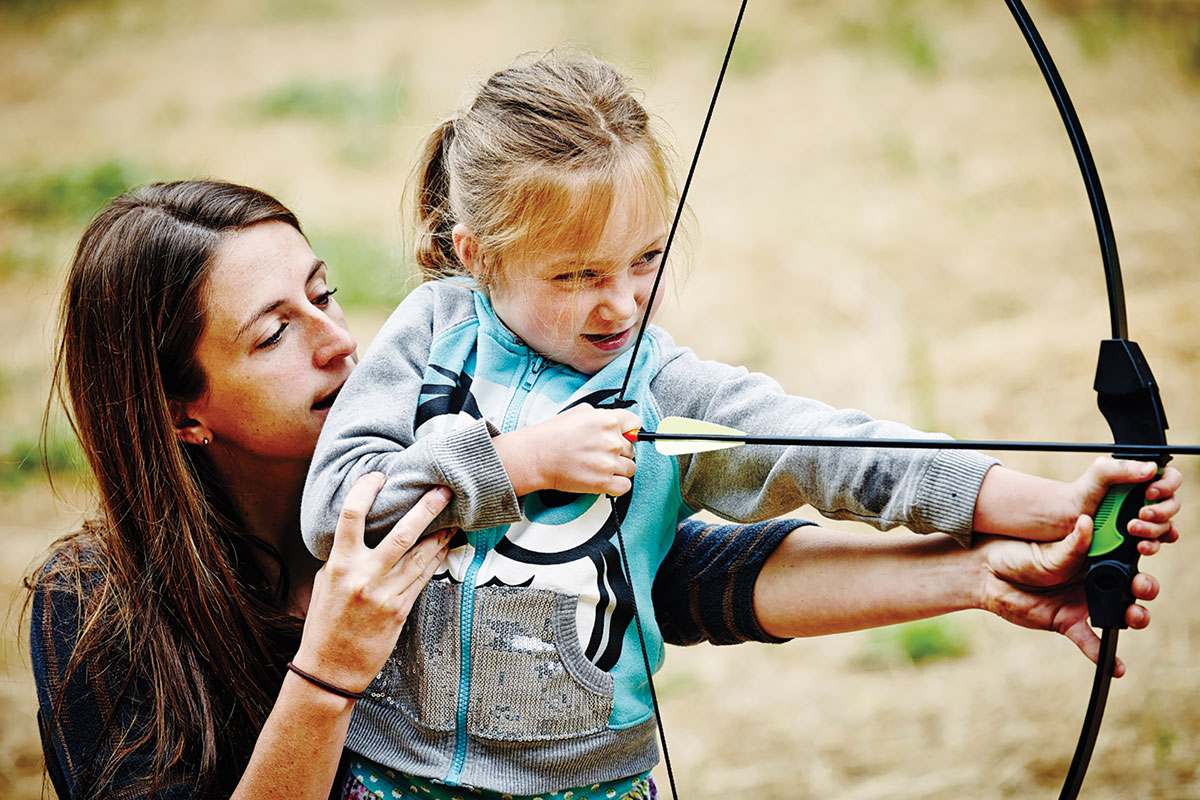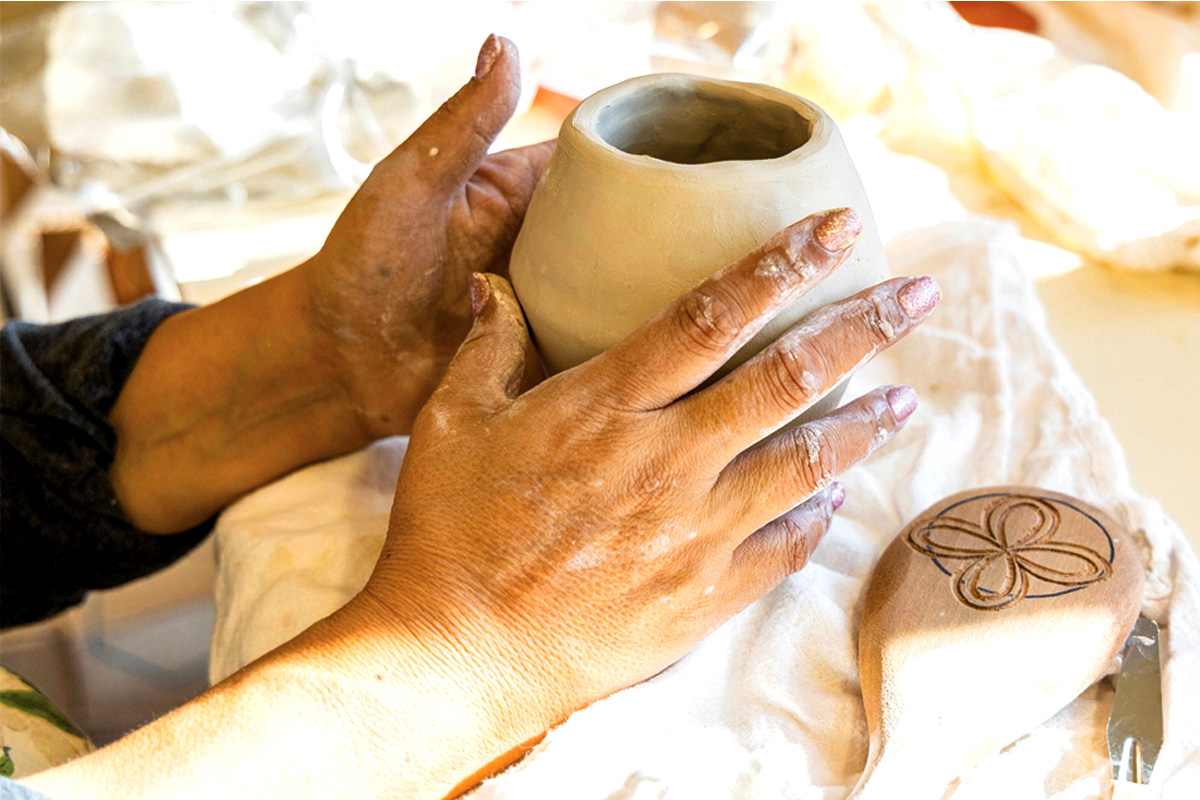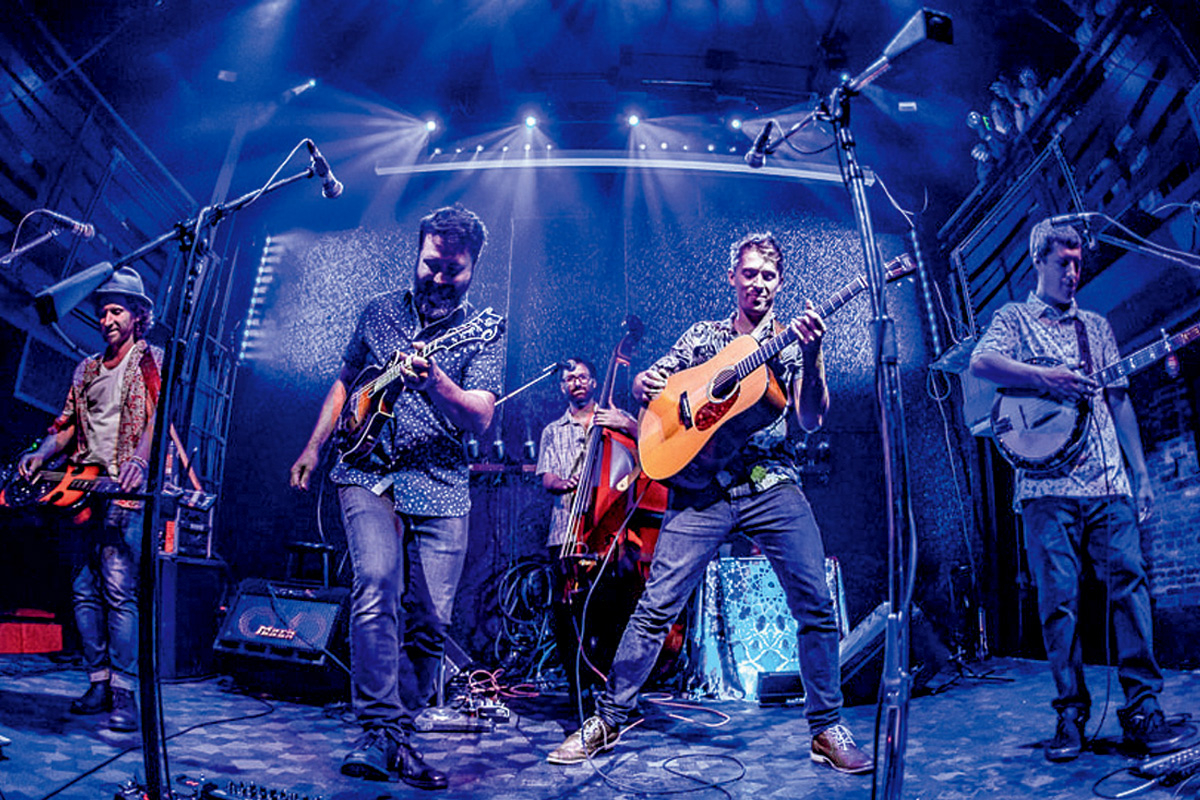One-night trips into the Smokies
 For day hikers who want to take the next step or for a seasoned backpackers who can’t find the time or resources to make that long trip this year, outdoor author Jim Parham is offering up the solution that is just right: the short backpacking trip.
For day hikers who want to take the next step or for a seasoned backpackers who can’t find the time or resources to make that long trip this year, outdoor author Jim Parham is offering up the solution that is just right: the short backpacking trip.
His recently published book, Backpacking Overnights, details 50 one- and two-night trips in the Carolina Mountains. The premise of the book, and Parham’s philosophy, is that backpacking should be easy, accessible and fit into the schedule of the 9 to 5 working stiff.
Outdoor gear store in Franklin celebrates expansion
 Franklin’s downtown outdoor gear store just got bigger.
Franklin’s downtown outdoor gear store just got bigger.
Bridging the gap between young, old
 With each passing day, the first-person accounts of what life was like in the Smokies before Google, iTunes or even black-and-white television slip away. So, Beth Bramhall, a seasonal education ranger with Great Smoky Mountains National Park, decided to recruit the next generation to stem the tide of such loss.
With each passing day, the first-person accounts of what life was like in the Smokies before Google, iTunes or even black-and-white television slip away. So, Beth Bramhall, a seasonal education ranger with Great Smoky Mountains National Park, decided to recruit the next generation to stem the tide of such loss.
The result was “Passing It On: A Digital Storytelling Project,” a year’s worth of old-timers’ stories collected and compiled digitally by area middle- and high-school students who were helped along by their teachers, park staff, local experts and folks from the Great Smoky Mountains Association.
Triathlons aim to make treachorous lake swims safer
 The swim leg of a triathlon is notoriously daunting. Of the sport’s three heats — swimming, biking and running — the water is the most brutal and dangerous.
The swim leg of a triathlon is notoriously daunting. Of the sport’s three heats — swimming, biking and running — the water is the most brutal and dangerous.
It’s every person for him or herself as the racers jump from a dock or surge forward from shore, creating a sea of flailing limbs and churning water as they jockey to get an early lead off the start.
Follow me, into the wild
 The last time I went camping I was 10 or 11. I was in my grandparents’ backyard, snug in my sleeping bag between my older sister and cousin Jake. I laid awake nervous about a ravenous bear attacking the tent, or maybe a ghoul from one of the scary stories my dad had just finished telling.
The last time I went camping I was 10 or 11. I was in my grandparents’ backyard, snug in my sleeping bag between my older sister and cousin Jake. I laid awake nervous about a ravenous bear attacking the tent, or maybe a ghoul from one of the scary stories my dad had just finished telling.
Cherokee leaders make their case for a indoor adventure park
 A $93 million family adventure park in Cherokee would likely turn a profit during its first year of operation, according to early projections from the Eastern Band of Cherokee Indians’ finance department.
A $93 million family adventure park in Cherokee would likely turn a profit during its first year of operation, according to early projections from the Eastern Band of Cherokee Indians’ finance department.
It’s all about the schwag: Race organizers get creative with attracting participants
 You’ve been training for months. You’ve skipped the kids’ piano recitals and parent teacher conferences; you’ve bailed on dinner with the in-laws (several times) and nights out with the friends — all to adhere to your strict training schedule to prepare for the big moment: the big race.
You’ve been training for months. You’ve skipped the kids’ piano recitals and parent teacher conferences; you’ve bailed on dinner with the in-laws (several times) and nights out with the friends — all to adhere to your strict training schedule to prepare for the big moment: the big race.
Holiday gear guide to the rescue: SMN serves up goods bets for the outdoors person on your shopping list
 For outdoors enthusiasts, Christmas brings but fleeting respite from the cold, dark days of winter — with the promise of spring hikes still many months off.
For outdoors enthusiasts, Christmas brings but fleeting respite from the cold, dark days of winter — with the promise of spring hikes still many months off.
If it’s impossible to bring them to their favorite trailhead or mountain top, the next best thing is to bring the gadgets of the great outdoors to them.
Scouting a Smokies Blueway Trail: Recreation abounds, but knowing where and how to tap it can be a mystery
 The mountains rising above the valleys have long been the main attraction for tourists planning a trip to Western North Carolina, but a regional initiative between local government and private entities is looking to capitalize on the recreational potential riding on the rivers beneath.
The mountains rising above the valleys have long been the main attraction for tourists planning a trip to Western North Carolina, but a regional initiative between local government and private entities is looking to capitalize on the recreational potential riding on the rivers beneath.
Take only pictures, leave only footsteps: Outdoor photographers hone the craft of capturing the Smokies
 They stood in a line, trigger fingers poised, eyes fixated on the target.
They stood in a line, trigger fingers poised, eyes fixated on the target.
It was early morning, and the predawn sun had not yet peaked over the tops of the eastern range. An antlered male elk had his head down, buried in the tall, dew-covered grass, oblivious to the stakeout at the far edge of the meadow.






















